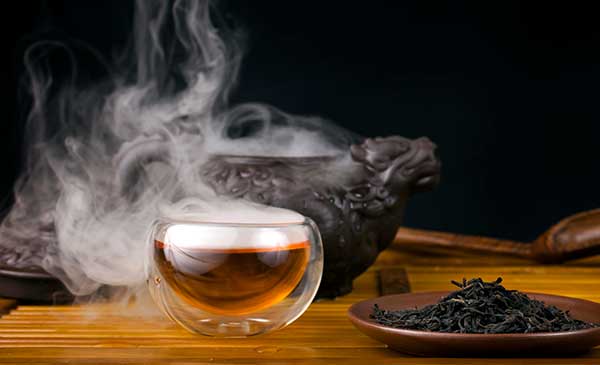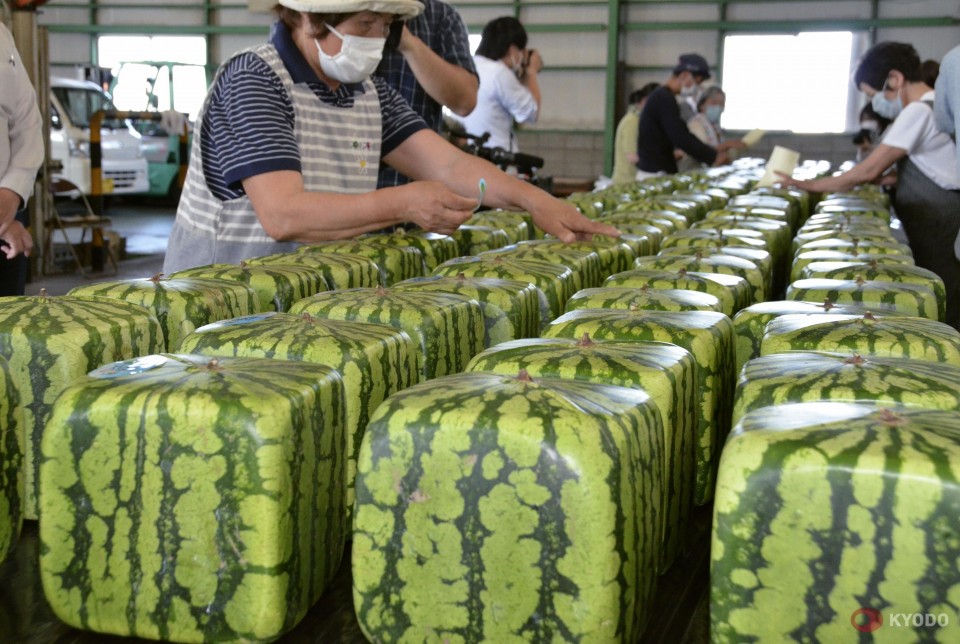Now Reading: Discovering Smoked Tea (Lapsang Souchong) in Chinese Villages
-
01
Discovering Smoked Tea (Lapsang Souchong) in Chinese Villages
Discovering Smoked Tea (Lapsang Souchong) in Chinese Villages

In the misty mountains of China’s Fujian province, a unique tea with a smoky aroma has been part of village life for centuries. Known as Lapsang Souchong, it is prepared by drying tea leaves over pinewood fires, giving it a distinct campfire-like flavor. While its strong taste may surprise first-time drinkers, locals see it as a cultural treasure, one that carries the scent of their forests and the traditions of their ancestors.
How the Tea is Made
Unlike regular teas that are sun-dried or pan-roasted, Lapsang Souchong is smoked during its drying process. Villagers place fresh leaves in wooden racks over pine fires, where the smoke slowly infuses into the leaves. This technique gives the tea its signature taste—bold, earthy, and slightly sweet beneath the smokiness.
From Daily Drink to Global Curiosity
For villagers, smoked tea has always been a household beverage, shared during gatherings and family meals. Over time, it attracted global attention, becoming popular among tea enthusiasts in Europe and beyond. While some love its strong, warming flavor, others find it overpowering. This mix of opinions has only added to the tea’s intrigue.
Connecting to Indian Tea Culture
In India’s tea-growing regions like Assam and Darjeeling, tea is deeply tied to community identity. Just as people here take pride in the malty strength of Assam tea or the floral notes of Darjeeling tea, Chinese villagers cherish the smoky character of Lapsang Souchong. For tea drinkers in Tier 2 Indian cities, it reflects how different regions infuse their own environment and traditions into something as simple as a cup of tea.
More Than a Drink
Lapsang Souchong is more than just a smoky brew—it is a living story of village life, forests, and heritage. Every sip carries a connection to the pinewood fires and the centuries-old methods that keep this tradition alive. It shows how even the most common drink, tea, can turn into a cultural symbol when rooted in history and community.

























